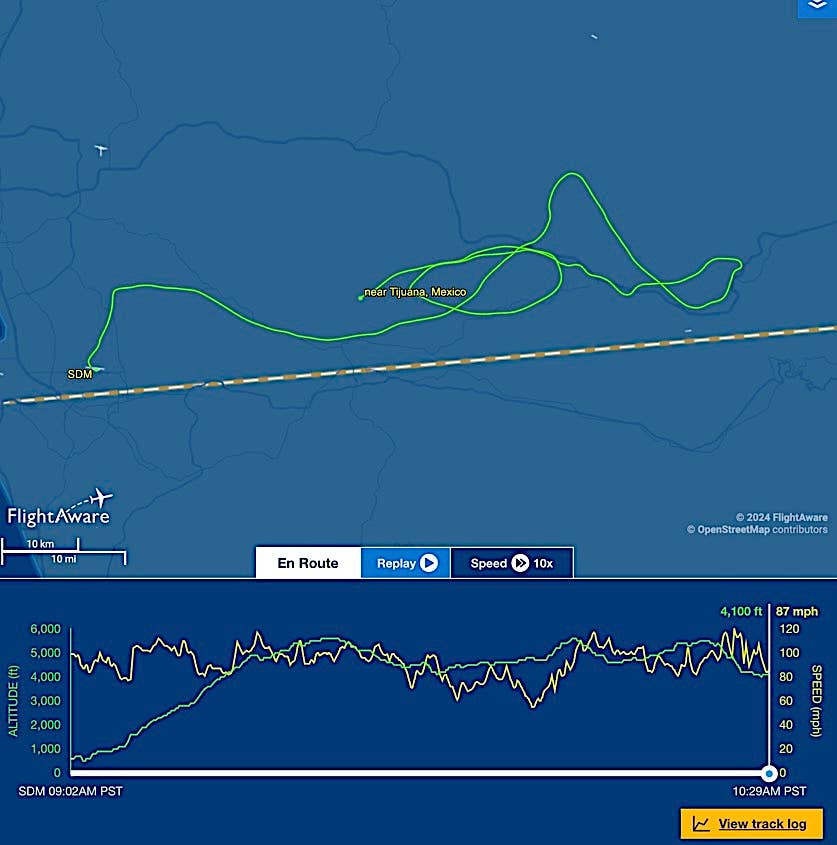Is EAA About To Break Open The Avionics Market?
We’re about to find out. Wednesday should be an interesting day indeed. Plus more commentary on Icon’s sales contract.
When I was writing a news brief about Garmin's new experimental-only G5 self-contained gyro last week, I was thinking, boy, how cool would it be to find a way to stick this in the panel of a certified airplane? When I was shooting this video of Dynon's new Skyview SE system, I thought the same thing. This could go into the panel of a Skyhawk or Cherokee at a fraction of the cost of a TSO'd system and provide fabulous capability.
Maybe I'm about to get my wish. Just past noon on Tuesday, a press release pixeled into my inbox about a "major" announcement to be made by EAA, Dynon and the FAA. The press release is vague and says only they'll be announcing a joint project between the FAA, EAA and Dynon to reduce the cost of avionics installations. The press release makes it sound like a significant reset of the avionics market. And while Dynon would offer no details Tuesday, they said it was a "very big deal."
What's going on here? As of Tuesday, no one was talking on the record, but we think what's going to happen is that EAA will announce it has developed (or will) STCs to install Dynon's experimental avionics in certified aircraft, probably starting with some Cessna models. We don't know the specifics of this project, but we expect to find out on Wednesday morning.
If this turns out to be true, the announcement is every bit as big as the press release suggests and could represent a fundamental shift for many owners dragging their feet about avionics upgrades. It could also inject into the market a level of competition it hasn't seen for decades, not to mention stimulating more development in the low-cost end of the avionics market. Readers of this blog will know that owners are growing weary of five-figure avionics upgrades and many hunger for relief.
We all know that the only reason Dynon's and Garmin's experimental equipment hasn't found its way into certified aircraft is purely because of the artificial restraints of obsolete regulation. Is the ice about to break? We'll see. Stay tuned for Wednesday's news.
Icon Blowback
I got engaged a lot on Tuesday to discuss last week's revelation that Icon is asking customers to sign what nearly everyone I spoke to regards as an onerous and overbearing sales contract. Implicit in these conversations, I'd say, was a tone that was as much confusion as anger and rejection. What exactly are these Icon guys thinking?
My conversations included one with the CEO of a major manufacturer whose views I respect. We spent nearly an hour in spirited discussion during which he explained that Icon has done the industry a huge service by creating a sales arrangement that ought to serve as the model for the GA industry going forward. He believes that the broken tort climate in the U.S. won't be reformed at the legislative level and that companies that hope to survive will need restrictive sales contracts just like Icon is proposing. When I probed him further to illuminate his argument with more detail, he demurred from going on the record.
He challenged me, as a member of the press, to do the required research to explain, point by point, why the Icon approach makes sense and will save the industry. Fair enough, but I made it clear to him that his challenge, while reasonable, also pisses me off royally. If we in the press are expected to tell the story of Icon or anyone else in a way that gives readers knowledge informed by dispassionate discussion, then we have to have enough visibility into the minds of the people making these decisions to understand and explain their thinking. That my CEO friend declined to even go on the record is symptomatic of the difficulty in doing this. As I noted in Friday's blog, we've reached out to Icon for clarification and questions, but they've declined to respond.
I agree that we in the press have a duty to tell this story, but as it is now, we'll have to do it with surrogates, either in the GA industry or in related industries with similar liability histories. Unfortunately, there really aren't any. The tort climate in aviation is almost unique to our industry and our country. The CEO expressed frustration that an innovator like Icon gets bitterly criticized for attempting something that's truly new and different.
Well, maybe that's true. But respect for innovation isn't just awarded, it's earned. And companies that think explaining their views and reasoning isn't part of that process or who think everything they say and do should be accepted at face value, simply aren't living in the real world. Some companies believe that "objective" reporting is only reporting that heaps praise upon their efforts and some don't understand that opinions and reporting aren't the same thing.Further, in my view, it's just as unrealistic for Icon to believe that after a few days or weeks or months, buyers will see the wisdom of their contract and sign with grateful hearts.
In circumstances like this, where emotions run ragged and parties appear polarized, I try to keep an open mind. I continue to do so. But I continue to believe Icon could most help itself—and the industry it purports to be the savior of—with a candid conversation with those of us who have questions about that contract.
Meanwhile, if you're a lawyer or contract law expert and can argue in favor of this contractual approach, can you kindly contact me? I'd like to get an education here.






